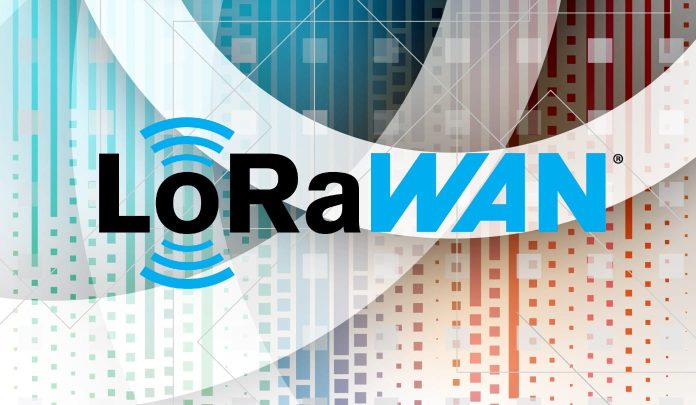To get the juices going, on all sides of the IoT divide, ahead of its jamboree LoRaWAN World Expo event in Paris in two weeks, the LoRa Alliance has issued a statement to declare LoRaWAN better – and bigger, and more ‘massive’ – than anything else at the fiercely-competed low-power end of the wide-area (LPWA) IoT market. LoRaWAN leads the LPWA sector, from rivals like Sigfox and NB-IoT (and MIOTY of the newer breed), for most solutions, most devices, most messages, and most network, it said.
These are metrics that matter, of course, on the grounds we are talking about the ‘massive IoT’ market, which defines itself nominally – and completely, since it has grown out of cheat-sheets on tech specs (‘mature’) – on the volume-size of its contracts and, less vociferously, the coverage-size of its networks. The LoRa Alliance, which has billed its Paris return, after three Covid-checked years without an annual shindig, as a two-day mega bash for the LoRaWAN community, said: “LoRaWAN is scaling massively around the world”.
The alliance has published a list of its biggest (publicly-referenced) network deployments and enterprise contracts. On the first, it said Everynet’s LoRaWAN network in the US now covers around 550 cities, including 130-odd “logistics points”, and the tie-up between Senet and Helium means 850,000 Helium-compatible hotspots in 170 countries are now available to Senet customers – in the “largest globally managed LoRaWAN network”. In terms of massive-scale contract wins, it cited a project between Actility and Birdz to deploy three million LoRaWAN water meters (also involving OBS/Orange, and Veolia).
Others are arguably less massive (but also, notably, in less clearly million-scale sectors than metering); these include: an NNNCO/Wellness TechGroup deployment of a citywide LoRaWAN network in Montevideo, Uruguay, to support 70,000 smart streetlights and 1.3 million (reducing carbon emissions by up to 80 percent, and establishing a platform for future IoT); a TTI/Connexin deal for 150,000 smart meters across Coventry and Warwickshire in the UK; a Talkpool/Netmore contract for 1,000 LoRaWAN gateways in smart buildings (somewhere unknown) to transmit 960,000 messages per day about temperature, humidity, water leakage.
As well, it said: the Red Sea Giga Project with Actility/Abeeway connects 36,000 construction workers and 3,000 vehicles; Cellnex has deployed around 300,000 gateways with Omnium for water management in Spain; GreenField Direct is transmitting 125,000 messages per day from 16,000 devices over 300 gateways to minimize damages and reduce insurance premiums (somewhere); Microshare has deployed 9,000 devices for building occupancy; Milesight has deployed 50,000 sensors and 2,600 gateways for air quality monitoring at schools in Quebec; Renesas has 10,000 sensors and 90 gateways for occupancy, metering and load control at a major furniture retailer.
There are a bunch of others, available to read online. It said the Paris event, on July 6-7, is “the best opportunity to learn how companies using LoRaWAN are achieving strong ROI on their deployments, products and services”.
Donna Moore, chief executive and chair of the LoRa Alliance, said: “Because members of the LoRa Alliance come from every part of the value chain – from silicon chipmaker to solution implementer – explosive adoption of LoRaWAN means not only the number of sensors deployed, but also the rapid scaling of gateway deployments, messages handled, and networks. Every stakeholder of the LoRaWAN ecosystem is driving market activity, with recent strong growth in the number of solutions providers and system integrators delivering LoRaWAN solutions.”
She went on: “LoRaWAN’s multi-RAN and multi-standard deployments, and the recent addition of IPv6 over LoRaWAN, are expanding addressable markets. LoRaWAN networks are widely available, blanketing entire countries and large metropolitan areas. Growth is also coming from member collaborations that provide end-to-end solutions, as well as LoRaWAN’s global availability and support for worldwide roaming. It is exciting to lead this rapid acceleration that is driving massive LoRaWAN scaling.”

